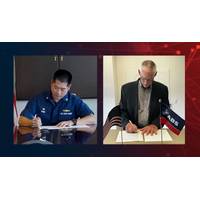
ABS and the US Coast Guard R&D Center Team Up for Maritime Tech Development
American Bureau of Shipping (ABS) and the United States Coast Guard Research and Development Center (USCG-RDC) signed a memorandum of understanding (MoU) as a stepping stone towards collaborative research and development on top-of-mind technologies impacting the maritime industry.Activity under the MoU can include developing joint research publications, new technology qualifications and information sharing in a variety of research areas including remote and autonomous systems for uncrewed surface and underwater vehicles, advanced data analytics involving artificial intelligence and machine learning
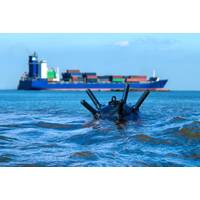
Maritime Risk Symposium 2024 – Great Power Competition and Gray Zone Engagement
and strategic thinking. This will be the fifth year the Commandant’s Emerging Policy staff has run an MRS-focused Evergreen.About the AuthorsDr. Joe DiRenzo is a co-chair of 2024 Maritime Risk Symposium and the U.S. Coast Guard’s director of research partnerships for the Research and Development Center. A frequent contributor to Maritime Reporter, he founded MRS in 2009 and has co-chaired every event since. DiRenzo is a career cutterman and has had afloat command. He currently teaches for American Military University and National University. DiRenzo is also a graduate of the United
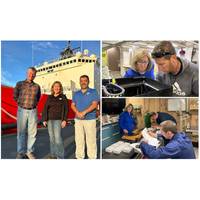
NPS Research on Coast Guard Icebreaker to Enhance Arctic Readiness
, Wash., Healy is the largest vessel in the Coast Guard and the United States’ most technologically-advanced icebreaker. Healy also serves as a research platform, and several other researchers will be on the trans-polar voyage. Shalane Regan is the Chief Research Engineer for USCG Research and Development Center (RDC) and aboard the Healy as Chief Scientist, overseeing several research efforts while underway.“We have nearly 20 research projects on board ranging from Arctic environmental studies to tests of novel international search and rescue technologies, supported by researchers with
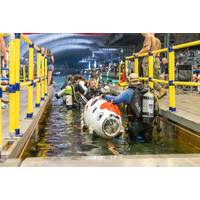
Carderock Hosts International Submarine Race
expose aspiring engineers to careers with the U.S. Navy and DoD enterprise. Carderock internship programs like the Science Engineering Apprenticeship Program (SEAP) and the NREIP program – ONR sponsored programs – allow students to gain invaluable experience working at a federal research and development center. It also provides the Navy a sneak peek of its future generation of technical experts.“This week we hosted several hundred high school and college students,” Carderock's Commanding Officer Capt. Matthew Tardy said. “We provided them the opportunity to utilize our
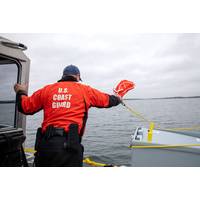
US Navy, Coast Guard Evaluate Use of Underwater Threat Detection System
Naval Undersea Warfare Center (NUWC) Division Newport’s Argus Expeditionary Maritime Defense System team recently partnered with the U.S. Coast Guard Research and Development Center to evaluate capabilities that could aid the Coast Guard’s detection efforts, particularly with counter-unmanned undersea vehicle missions.As part of its comprehensive efforts to provide maritime security and protect critical infrastructure, the Coast Guard is looking for solutions that would enable detection of unmanned undersea vehicles (UUVs) in near-shore environments. A limited user evaluation of the Argus
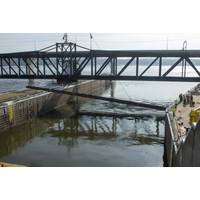
USGS, ERDC Install Underwater Asian Carp Deterrent System
The U.S. Geological Survey (USGS), the U.S. Army Engineer Research and Development Center (ERDC) and partners installed a temporary, experimental underwater acoustic deterrent system (UADS) at Mississippi River Lock 19 between Keokuk, Iowa, and Hamilton, Illinois, Feb. 3. The deployment is part of a study to understand how invasive Asian carp respond to acoustic, or sound, signals.“If this UADS is successful in deterring Asian carp, it could have huge implications for invasive species management,” said Dr. Marybeth Brey, a USGS research fish biologist and the project lead. “This new
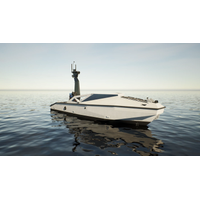
Metal Shark Developing Autonomous Vessel for US Marine Corps
in the autonomous vessel space, and streamlining the path to autonomy.”In September, it was announced that the U.S. Coast Guard had selected a 29-foot Sharktech autonomous test vessel equipped with autonomy by Boston-based technology developer Sea Machines for evaluation by the USCG Research and Development Center. In 2019, Metal Shark was selected by US Navy PMS 406 (Naval Sea Systems Command’s Unmanned Maritime Systems division) for the Unmanned Family of Systems Multi Award IDIQ, a blanket Navy contact covering multiple topics in the autonomous space. As a brand-agnostic technology integrator
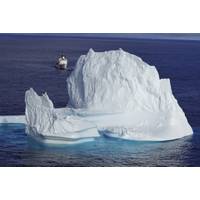
Beyond the Tip of the Iceberg Tech: RDT&E's Annual Arctic Technology Evaluation
The Coast Guard Research and Development Center (RDC) teamed up with Coast Guard Cutter Campbell’s crew this summer to evaluate five technologies as part of the RDC’s annual Arctic Technology Evaluation. The Campbell crew conducted the evaluations during their two-month deployment supporting joint Arctic operations off Greenland’s western coast, returning to their Kittery, Maine, homeport on Sept. 29, 2020.“Testing various technologies by cutter crews for operation in cold and Arctic environments provides highlights on what works and what may need improvement, and can help

New Unit Will Support Coast Guard Research and Development Center
The U.S. Coast Guard Auxiliary will stand up its first unit dedicated to supporting the Coast Guard Research and Development Center (RDC) in New London, Conn. today.The new Auxiliary unit will support the RDC mission by coordinating requests for assets and skills in three focus areas: subject matter expertise, field research activities and public affairs. The new Auxiliary unit coordinator, Bruce Buckley, will develop a skills bank that matches Coast Guard research priorities to Auxiliary skill sets across the nation. The Coast Guard said it expects the unit will become a major force multiplier for
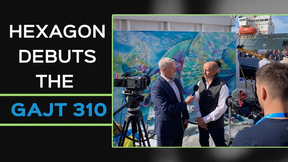
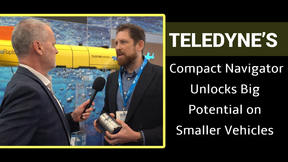
 February 2025
February 2025





